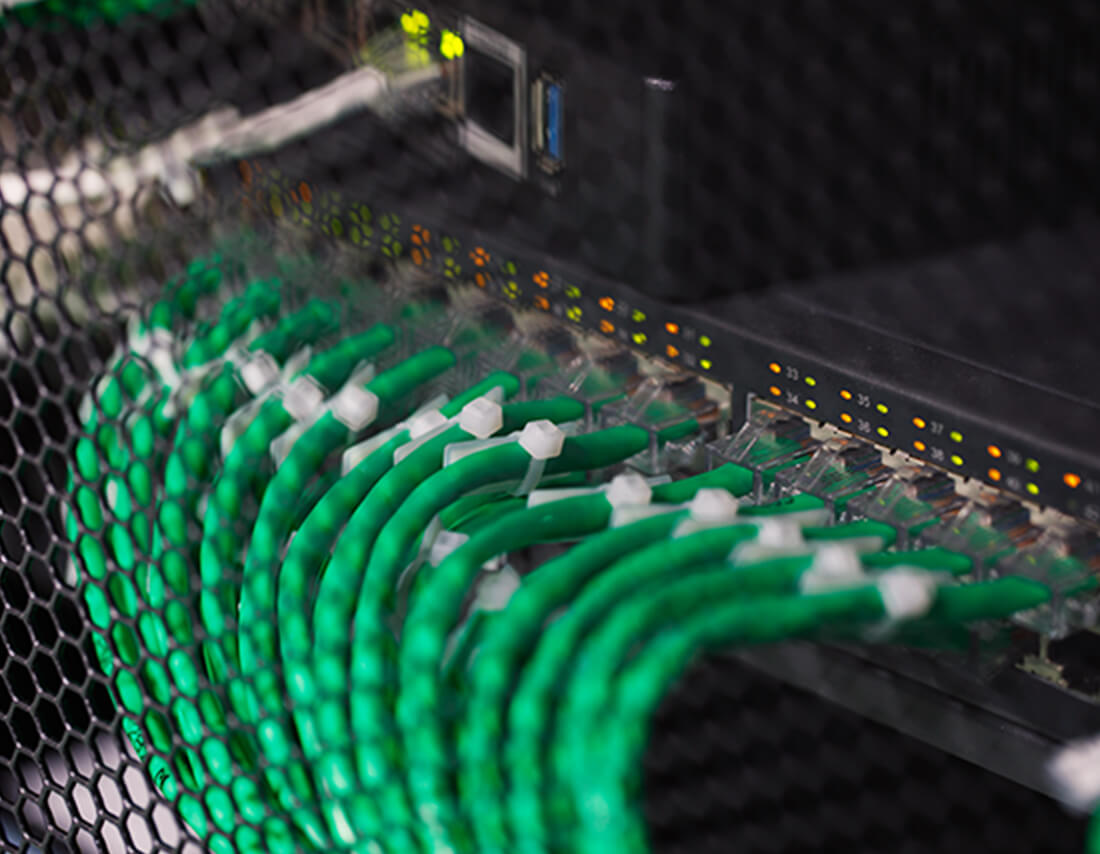GROUP
Theoretical and Computational Science Group
Predicting material characteristics through simulations of substances’ electronic state
- Group Leader
- Professor Fumiyuki Ishii
- Fields of Specialty
- physical property theory, computational condensed matter physics
- Keywords
- physical property theory, computational condensed matter physics, computational science, first‐principle calculation, electronic state calculation, strongly correlated electron system, transition metal oxide, multiferroics, ferroelectrics, ice, graphene, magnetism, computational physics, material design, thermoelectric conversion material
Our group uses expertise in quantum and statistical mechanics and computer simulations to analyze and predict the structure, physical properties, material organization and chemical reaction mechanisms etc. of materials, with high precision. We also aim to design promising artifical materials for spin electronics and electronics.
One example of our research achievements is our provision of guiding principles for the design of higher efficiency thermoelectric materials, which is linked to our aim of thermoelectric conversion optimization. This involved the clarification, via computer simulation, of the potential for skyrmion (a vortex structure formed by electron spin) to produce a huge thermoelectric effect. The discovery of this unique phenomenon derived from quantum mechanics marks a significant result, even in terms of basic science.
The development of a new computer program is required for dealing with systems full of complex phenomena. Our group is contributing to the development and publishing of the OPEN-MX open source software, in collaboration with groups outside the university. Computing environments have evolved in recent years. In the search for new materials, efficient techniques such as materials informatics (which utilizes big data analysis and AI etc.) have been attracting attention. We also plan to actively engage in this research and development.
Computer simulation plays an important role when analysis through experiments is difficult. Furthermore, by comparing computations and experiments, a mutually complementary understanding of physical phenomena is promoted. We plan to collaborate with other groups of the Nanomaterials Research Institute from this perspective through support for their experiments.


